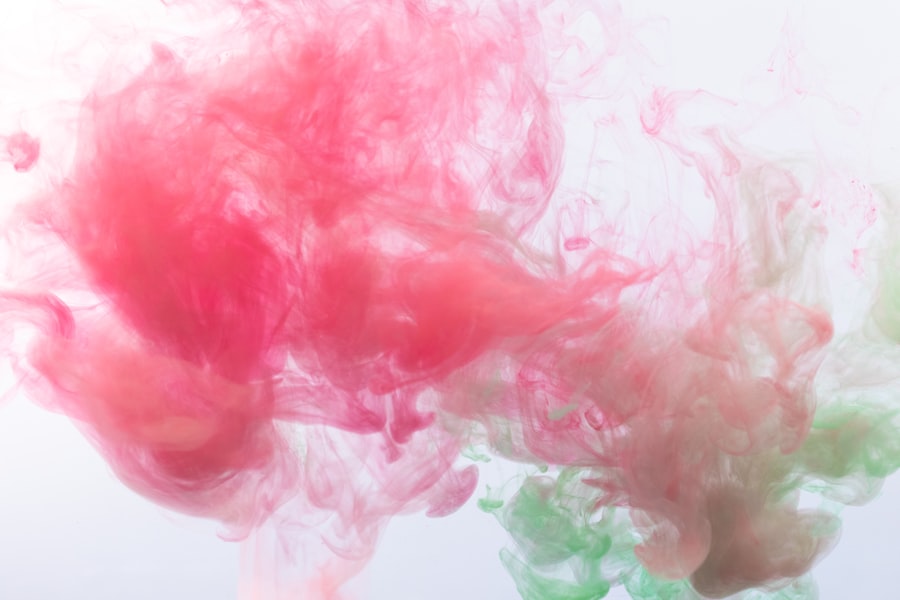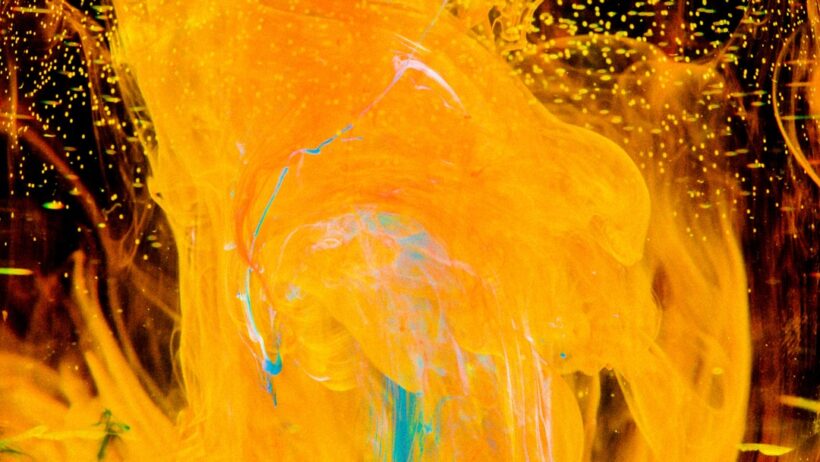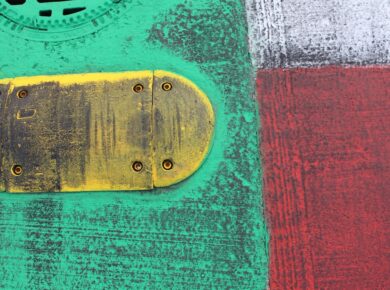Calligraphy, the art of beautiful handwriting, has a rich and varied history that spans thousands of years and numerous cultures. Its origins can be traced back to ancient civilizations, where the need for effective communication and record-keeping led to the development of writing systems. The earliest known examples of calligraphy can be found in ancient Mesopotamia, where cuneiform script was inscribed on clay tablets around 3200 BCE.
This early form of writing was not only functional but also held aesthetic value, as the shapes and arrangements of the symbols conveyed a sense of order and beauty. As civilizations evolved, so did the art of calligraphy. In ancient Egypt, hieroglyphics were meticulously crafted, combining pictorial elements with phonetic symbols.
The Egyptians placed great importance on the visual aspect of their writing, as it was often used in religious texts and monumental inscriptions. Similarly, in China, calligraphy emerged as a highly regarded art form during the Shang Dynasty (1600-1046 BCE). The Chinese developed a unique system of characters that emphasized brush strokes and fluidity, leading to the creation of various styles such as seal script and clerical script.
The significance of calligraphy in these early cultures laid the groundwork for its evolution into a respected art form across the globe. As we move through history, the Islamic Golden Age (8th to 14th centuries) marked a pivotal moment for calligraphy. Islamic calligraphy flourished as a means of expressing religious devotion and artistic expression.
The Arabic script, with its flowing curves and intricate designs, became a central element in the decoration of mosques and manuscripts. Calligraphers like Ibn Muqla and Ibn al-Bawwab developed techniques that transformed Arabic writing into an art form, emphasizing balance and harmony in their compositions. This period not only solidified the status of calligraphy in Islamic culture but also influenced other regions, including Spain and North Africa, where Islamic art and writing intermingled with local traditions.
The Renaissance period in Europe saw a resurgence of interest in classical art forms, including calligraphy. The invention of the printing press in the 15th century revolutionized written communication, but it did not diminish the value of hand-lettered works. Instead, it spurred a revival of interest in calligraphic styles such as Italic and Gothic.
Calligraphers like Francesco Griffo and Edward Johnston played significant roles in redefining calligraphy during this time, blending traditional techniques with contemporary aesthetics. The 19th century brought about further innovations with the Arts and Crafts Movement, which celebrated handcrafted artistry and sought to elevate calligraphy as a legitimate art form.
The Tools and Materials of Calligraphy: Pens, Inks, and Paper
The practice of calligraphy is deeply intertwined with the tools and materials used by artists to create their works. At the heart of this art form is the pen, which has evolved significantly over time. Early calligraphers utilized quills made from bird feathers, which were carefully shaped to create fine points for precise strokes.
The flexibility of quills allowed for a range of line thicknesses, enabling artists to achieve intricate details in their lettering. As technology advanced, metal nibs emerged in the 19th century, providing greater durability and consistency in line quality. Today, calligraphers have access to a variety of pens, including fountain pens, brush pens, and dip pens, each offering unique characteristics that cater to different styles and techniques.
In addition to pens, ink plays a crucial role in the calligraphic process. Historically, inks were made from natural materials such as soot mixed with water or plant-based dyes. These inks varied in color and consistency, influencing the final appearance of the written work.
Modern calligraphers have access to a wide range of inks, including pigmented inks that offer vibrant colors and archival qualities. Some artists even experiment with handmade inks derived from natural sources like berries or minerals, adding an organic touch to their creations. The choice of ink can significantly impact the overall aesthetic of a piece, as different inks interact with various papers in unique ways.
Paper is another essential component in the world of calligraphy. The texture and weight of paper can greatly influence how ink flows and dries on its surface. Traditional calligraphers often favored handmade papers that provided a smooth yet absorbent surface for their work.
These papers were crafted from natural fibers such as cotton or hemp, allowing for a luxurious feel that enhanced the writing experience. In contemporary practice, artists have access to an array of specialty papers designed specifically for calligraphy, including those with varying textures and weights that cater to different styles. The interplay between pen, ink, and paper creates a dynamic relationship that is fundamental to the art of calligraphy.
The Different Styles of Calligraphy: From Gothic to Copperplate

Calligraphy encompasses a diverse range of styles that reflect cultural influences, historical contexts, and individual creativity. One of the most recognizable styles is Gothic calligraphy, which emerged during the Middle Ages in Europe. Characterized by its angular forms and elaborate flourishes, Gothic script was often used in religious texts and illuminated manuscripts.
The intricate nature of Gothic lettering required skilled craftsmanship and attention to detail, making it a symbol of prestige during its time. Variations within Gothic styles include Textura and Fraktur, each with its own unique characteristics that continue to inspire modern calligraphers. In contrast to Gothic’s boldness is Copperplate calligraphy, which gained popularity during the 18th century.
This style is known for its elegant curves and delicate lines, often associated with formal invitations and documents. Copperplate is characterized by its use of a pointed nib that allows for dramatic contrast between thick downstrokes and thin upstrokes. The fluidity of Copperplate makes it particularly appealing for decorative purposes, as it lends itself well to embellishments such as flourishes and swirls.
Calligraphers who master this style often find themselves drawn to its graceful nature and versatility in various applications. Another notable style is Italic calligraphy, which emerged during the Renaissance as a response to the rigid forms of Gothic script. Italic is characterized by its slanted letters and flowing strokes, making it more approachable for everyday writing while still retaining an artistic flair.
This style emphasizes legibility without sacrificing beauty, making it popular for both personal correspondence and formal documents. Calligraphers often experiment with variations within Italic, incorporating their own interpretations while adhering to foundational principles. Beyond these traditional styles lies a realm of contemporary calligraphy that embraces innovation and experimentation.
Modern calligraphers often blend various styles or create entirely new ones that reflect their personal aesthetic. Brush lettering has gained immense popularity in recent years, utilizing flexible brush pens to achieve bold strokes reminiscent of traditional brushwork while allowing for spontaneity and creativity. This fusion of styles showcases how calligraphy continues to evolve while honoring its rich historical roots.
The Importance of Calligraphy in Different Cultures and Traditions
| Culture/Tradition | Importance of Calligraphy |
|---|---|
| Chinese | Calligraphy is considered a high art form and is deeply ingrained in Chinese culture, often used in poetry, painting, and everyday writing. |
| Islamic | Calligraphy is highly revered in Islamic culture, as it is used to decorate mosques and religious texts, and is considered a visual representation of the divine word. |
| Japanese | Calligraphy, known as “shodo,” is a respected art form in Japan and is often practiced as a form of meditation and self-expression. |
| Western | Calligraphy has been historically important in Western cultures for decorative and practical purposes, such as in medieval manuscripts and formal documents. |
Calligraphy holds significant cultural importance across various societies around the world. In East Asia, particularly in China and Japan, calligraphy is regarded as one of the highest forms of artistic expression. Chinese calligraphy is deeply intertwined with philosophy and spirituality; it is often seen as a reflection of one’s character and inner self.
Practitioners believe that each stroke carries meaning beyond mere letters; it embodies emotions and intentions that resonate with viewers on a deeper level. Traditional Chinese calligraphy is often practiced alongside meditation or mindfulness exercises, emphasizing the connection between art and personal growth. In Islamic culture, calligraphy serves not only as an artistic endeavor but also as a means of conveying religious devotion.
The Quran is often beautifully transcribed using intricate Arabic script, transforming sacred texts into visual masterpieces that enhance their spiritual significance. Islamic calligraphers have developed unique styles such as Thuluth and Naskh that are characterized by their flowing lines and geometric patterns. These styles are frequently employed in mosque decorations and religious manuscripts, reinforcing the idea that beauty can elevate spiritual experiences.
Western cultures have also recognized the importance of calligraphy throughout history. During the Renaissance period, illuminated manuscripts became prized possessions among nobility and scholars alike. These hand-crafted works combined text with elaborate illustrations, showcasing not only literary content but also artistic skill.
Calligraphy was seen as an essential component of education; mastering handwriting was considered a mark of refinement and sophistication. Even today, calligraphy continues to play a role in Western traditions such as wedding invitations or personalized stationery, where handwritten elements add a touch of elegance. In many indigenous cultures around the world, traditional forms of writing often incorporate elements of calligraphy as well.
For instance, Native American tribes have developed unique scripts that reflect their languages and cultural heritage. These scripts may include symbols or pictographs that convey stories or teachings passed down through generations. By preserving these forms of writing through calligraphic practices, communities maintain connections to their history while celebrating their identity.
The Role of Calligraphy in Contemporary Art and Design
In recent years, calligraphy has experienced a resurgence within contemporary art and design circles. Artists are increasingly incorporating calligraphic elements into various mediums such as painting, graphic design, and even sculpture. This blending of traditional techniques with modern aesthetics has led to innovative approaches that challenge conventional notions of what constitutes art.
One notable trend is the rise of hand-lettering in graphic design. Designers are embracing custom typography created through calligraphic methods to add personality and uniqueness to branding projects or marketing materials. This shift away from standardized fonts allows businesses to convey their identity more authentically while engaging audiences on an emotional level.
Social media platforms have further fueled this trend by providing spaces for artists to showcase their work; hashtags like #handlettering or #moderncalligraphy have garnered millions of posts from creators around the globe. Moreover, contemporary artists are exploring the boundaries between calligraphy and other art forms by experimenting with mixed media techniques. For instance, some artists combine traditional ink with digital tools to create hybrid pieces that merge hand-drawn elements with digital manipulation.
This fusion not only expands creative possibilities but also invites dialogue about authenticity in an increasingly digitized world. Exhibitions dedicated solely to calligraphy have emerged worldwide, showcasing both historical works alongside contemporary interpretations. These exhibitions highlight how diverse cultures continue to influence one another while celebrating individual creativity within this timeless art form.
The Benefits of Practicing Calligraphy: Mindfulness and Creativity

Engaging in calligraphy offers numerous benefits beyond simply creating beautiful letters on paper; it serves as a powerful tool for mindfulness and self-expression. The act of writing itself requires focus and concentration—qualities that can be challenging to cultivate in our fast-paced digital age filled with distractions. As practitioners immerse themselves in each stroke or flourish they create, they enter a meditative state where worries fade away momentarily.
This meditative quality inherent in practicing calligraphy aligns closely with mindfulness practices aimed at reducing stress levels while enhancing overall well-being. Research has shown that engaging in creative activities like drawing or writing can lower cortisol levels—the hormone associated with stress—while promoting feelings of relaxation and contentment. Furthermore, practicing calligraphy encourages individuals to tap into their creativity by exploring different styles or techniques without fear of judgment or failure.
Each piece becomes an opportunity for experimentation; mistakes can lead to unexpected discoveries that inspire new directions within one’s artistic journey. In addition to fostering mindfulness and creativity among individuals seeking personal growth through art-making processes like calligraphy—educational institutions have begun incorporating these practices into curricula aimed at enhancing fine motor skills among students while promoting patience through repetitive motions involved in letter formation. Ultimately—whether pursued as a hobby or professional endeavor—calligraphy provides an avenue for self-discovery while connecting individuals across cultures through shared appreciation for beauty expressed through written language.















